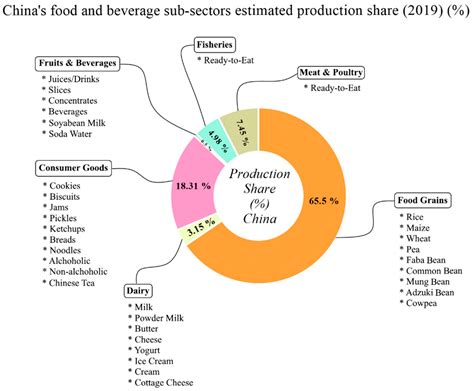The Complete Guide to Food and Beverage in the COVID-19 Era
The COVID-19 pandemic dramatically reshaped the food and beverage industry. This guide explores the key changes, challenges, and adaptations businesses faced, and continues to navigate, within this evolving landscape.
Navigating the New Normal: Hygiene and Safety Protocols
The most significant impact of COVID-19 was the heightened focus on hygiene and safety. Stringent sanitation practices became paramount, impacting everything from food preparation to customer service. This involved:
- Enhanced Cleaning and Disinfection: Regular and thorough cleaning of all surfaces, equipment, and utensils became crucial. This includes frequent disinfection of high-touch areas.
- Employee Health and Safety Measures: Implementing robust employee screening protocols, including temperature checks and symptom monitoring, was essential to prevent the spread of the virus. Providing personal protective equipment (PPE), such as masks and gloves, was also vital.
- Social Distancing Measures: Implementing social distancing measures in restaurants and other food service establishments was critical. This included reducing seating capacity, rearranging tables, and employing physical barriers.
- Contactless Ordering and Payment: Offering contactless ordering and payment options minimized physical contact and reduced the risk of transmission.
Adapting Business Models: Embracing Technology and Innovation
The pandemic accelerated the adoption of technology within the food and beverage industry. Many businesses adapted their models to survive and thrive in the new normal:
- Online Ordering and Delivery: The rise of online food ordering and delivery platforms became a lifeline for many businesses. Developing a robust online presence and partnering with delivery services became crucial for survival.
- Ghost Kitchens and Cloud Kitchens: These virtual kitchens, focused solely on delivery and takeout, emerged as cost-effective solutions, allowing businesses to expand their reach without the overhead of a traditional restaurant.
- Meal Kits and Prepared Meals: The demand for convenient meal solutions surged. Offering pre-packaged meal kits and prepared meals allowed businesses to cater to changing consumer needs.
- Digital Marketing and Engagement: Businesses leveraged digital marketing strategies to maintain customer engagement, promote new offerings, and adapt to shifting consumer preferences.
The Evolving Consumer Landscape: Shifting Preferences and Demands
Consumer behavior underwent a significant shift during the pandemic. Businesses needed to adapt to these evolving preferences:
- Increased Demand for Convenience: Consumers increasingly sought convenient food options, favoring delivery and takeout over dine-in experiences.
- Focus on Health and Wellness: Concerns about health and immunity led to a greater demand for healthy and nutritious food options.
- Growing Interest in Sustainability: Consumers became more aware of the environmental impact of their food choices, leading to increased interest in sustainable and ethically sourced products.
- Support for Local Businesses: Many consumers actively sought to support local businesses and farmers, reinforcing the importance of community engagement.
The Road Ahead: Long-Term Implications and Future Trends
The pandemic fundamentally altered the food and beverage industry. While some challenges remain, several positive trends emerged:
- Increased emphasis on hygiene and safety: These enhanced protocols are likely to become a permanent fixture, benefiting both businesses and consumers.
- Continued growth of technology: The adoption of online ordering, delivery, and other technologies will likely continue to accelerate.
- Focus on sustainability and ethical sourcing: Consumers' growing awareness of environmental and social issues will shape future trends in food production and consumption.
- Resilience and adaptability: The pandemic highlighted the importance of resilience and adaptability within the food and beverage sector.
By understanding these challenges and adapting to the new landscape, food and beverage businesses can navigate the post-pandemic era and build a sustainable future. The key to success lies in embracing innovation, prioritizing safety, and responding effectively to evolving consumer needs.
